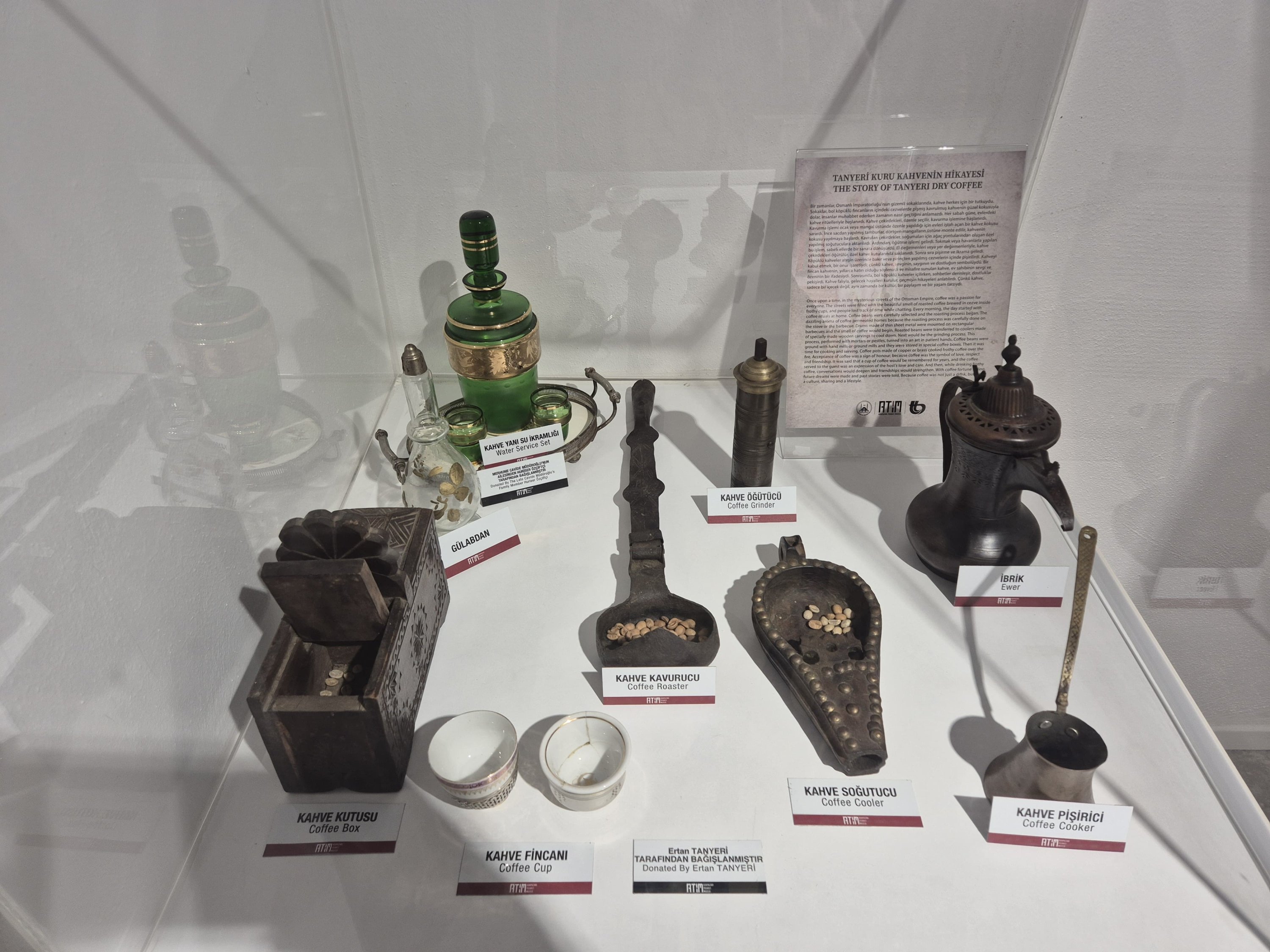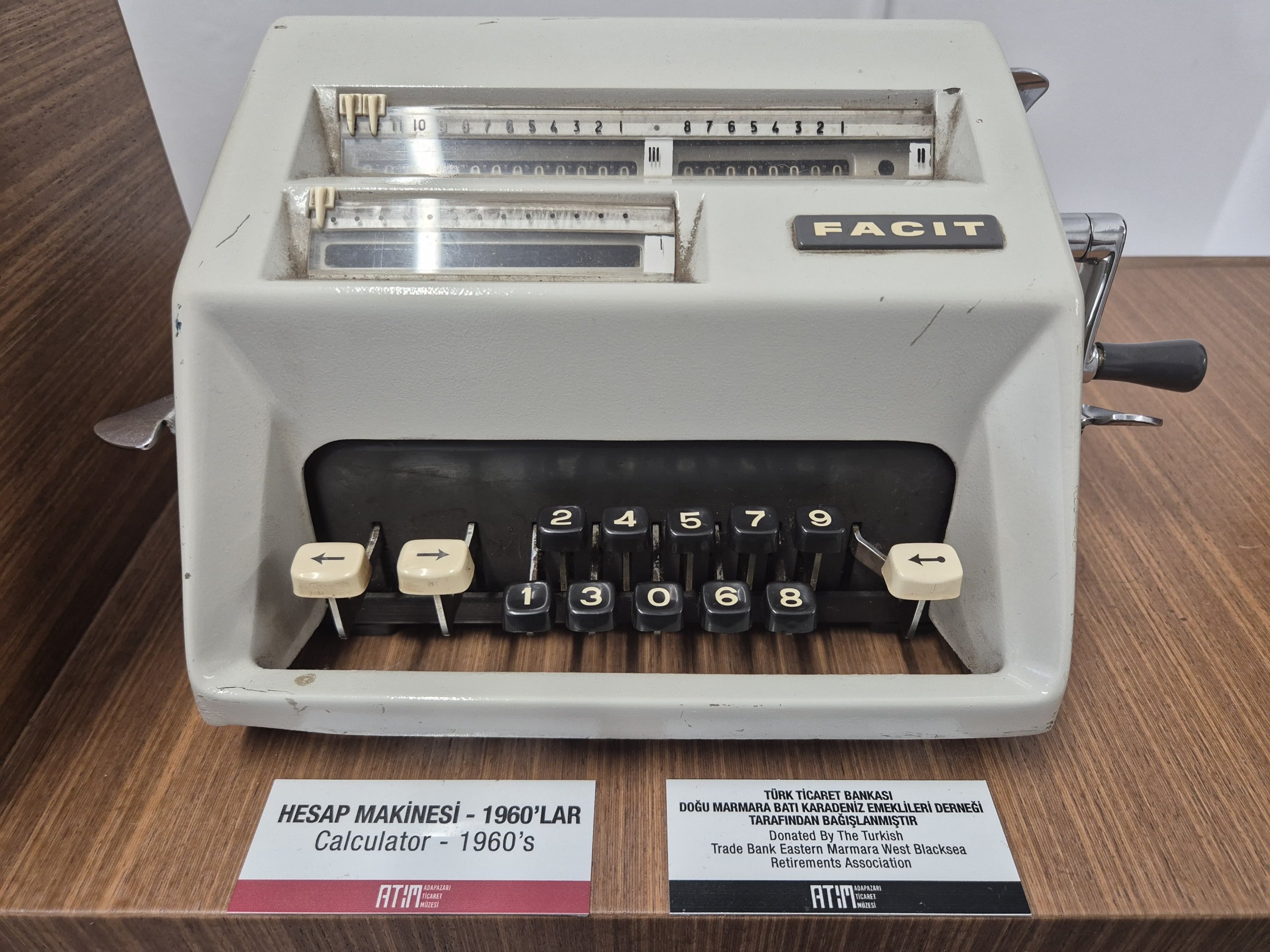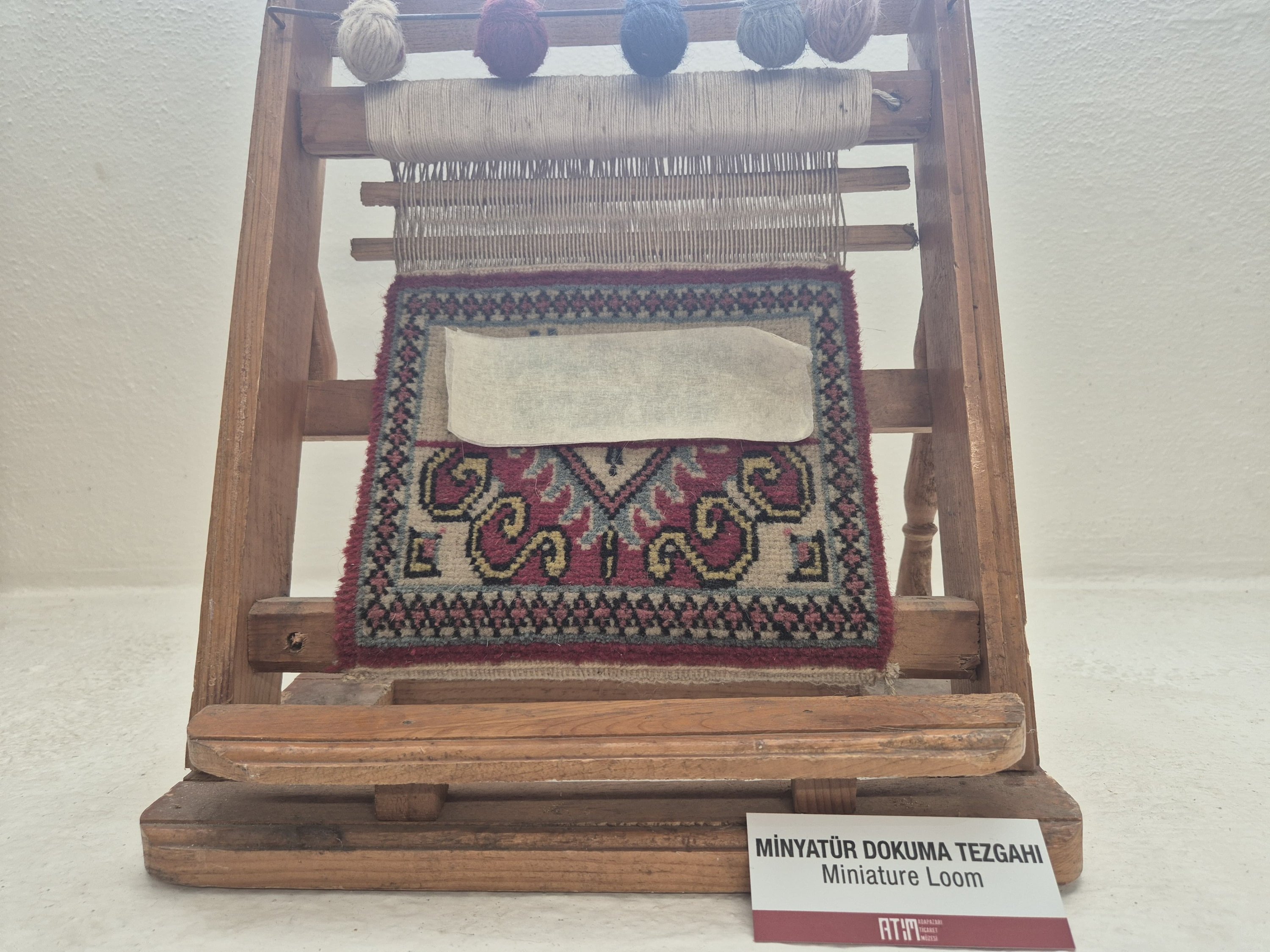© Turkuvaz Haberleşme ve Yayıncılık 2024
Sakarya, also known as Adapazarı, is a province in Türkiye renowned for its natural beauty and historical richness. Notable for its proximity to Istanbul, hospitable people and famous local delicacies, this city impresses visitors with its blend of modern and historical ambiance. Among its attractions, the Adapazarı Trade Museum stands out, offering a captivating journey through history.
The museum traces its origins back to March 9, 1913, when the Islamic Trade Bank, Türkiye’s first private national bank, was established. This bank, which operated uninterrupted for 88 years, reached a significant milestone in 1995 with 412 branches. However, it ceased operations in 2001.
The restoration of the historic building that houses the museum was made possible through the efforts of Adapazarı Mayor Mutlu Işıksu and contributions from the Turkish Trade Bank’s management. The Adapazarı Turkish Trade Museum, which opened its doors to visitors on June 21, is meticulously designed to preserve the city’s cultural heritage.
Upon entering the museum, visitors are greeted by a panel depicting Lydia and examples of coins made from various metals. A notable feature in this area is a coin minting machine that demonstrates the process of coin production and creates special coins, particularly engaging for children who can learn about the history of money in an interactive way.

The museum's exhibition areas first showcase a collection of documents and stamps, followed by early examples of paper money, Yugoslav, Soviet Union coins and Ottoman coins. Interestingly, many of these artifacts were donated to the museum. The museum historian notes that the collection is continually updated, with new items arriving daily from across Türkiye and the world.
Examining old photographs of Adapazarı reveals a section dedicated to the bank’s history, including a 1973 promotional film screened on various displays, offering a nostalgic experience. This segment provides an impressive opportunity for those interested in tracing the past.

For younger visitors, the museum includes digital screens with informative documents addressing topics such as production, trade and the origins of money. These educational resources enhance the museum's value by offering young audiences a chance to learn about history and economics engagingly and interactively.
The museum's standout pieces are antique safes and trunks from the pre-modern banking era. Nostalgic suitcases, reminiscent of those seen in Yeşilçam films, add to the collection. Antique phones from the 1910s, banking materials and piggy banks are also on display, along with an old computer – the first ever brought into the country – highlighting past technologies.

The museum is housed in a two-story building. After exploring the upper floor, visitors can descend to the lower floor, where an antique carpet on the stairs captures attention. This carpet, which underwent a detailed restoration process, reflects the museum’s commitment to preserving historical artifacts. The lower floor also features an enjoyable atmosphere enhanced by traditional Turkish art music records, providing a nostalgic musical experience.
The museum’s exhibits also celebrate Sakarya’s long history of silk production. The ongoing exhibition showcases the centuries-old tradition of silk farming in the region. Additionally, visitors can explore the Silk Road’s trade journey and caravan trade through the museum’s informative documentary. This section offers insights into how this significant trade route was used throughout history and impacted the economy.

One of the museum's most striking surprises is the opportunity to experience the bank’s environment from around 85 years ago through virtual reality (VR) glasses. This technology provides an immersive, nostalgic journey, allowing visitors to experience the past vividly.
